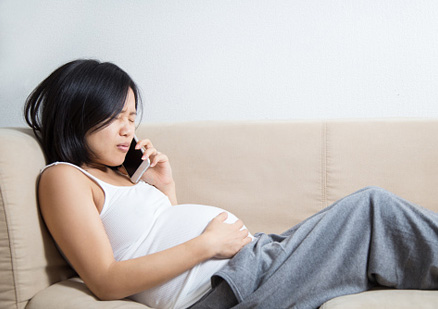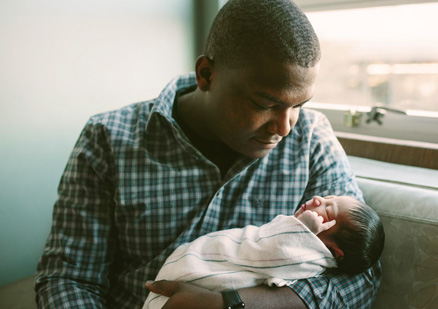Stages of labor

Early labor
You’ll probably go through early labor at home — which is good because it can last for a few hours or a few days. Luckily, it’s also usually the least uncomfortable and intense. During this stage, you’ll have mild to moderate contractions, and you might also experience:
- Cramping
- Indigestion
- Diarrhea
- Backache
While you wait and watch for signs that it’s time to head to the hospital, try to relax. If it’s nighttime, try to rest. If it’s daytime, keep busy with comforting or distracting activities, like taking a warm shower or bath, walking around, watching TV, or playing cards. Make sure to continue to eat lightly and drink plenty of fluids.
Active labor
This is when you should come to the hospital. Your contractions will intensify — coming every 3 to 4 minutes and lasting about 60 seconds. When your water breaks, your contractions will start coming even faster. Try to stay relaxed, and breathe slowly — 18 to 20 breaths a minute, just like you’ve been practicing.
Transition
By now your contractions will come every 2 to 3 minutes and last 60 to 90 seconds. The variable breathing pattern you’ve been practicing — 3 short breaths and 1 long one — can help. Hang in there and rely on your partner for the support you need. Before you know it, your baby will be here.
Time to push and deliver your baby
This stage of labor begins when your cervix is completely open and ends with the birth of your baby. Your contractions will help push your baby down the birth canal and into the world. It’s hard work — but so worth it when you see your beautiful newborn for the first time.
Once your baby is here, you’ll deliver the placenta — usually a few minutes after your baby arrives. By then, your baby will probably already be snuggling on your chest.


